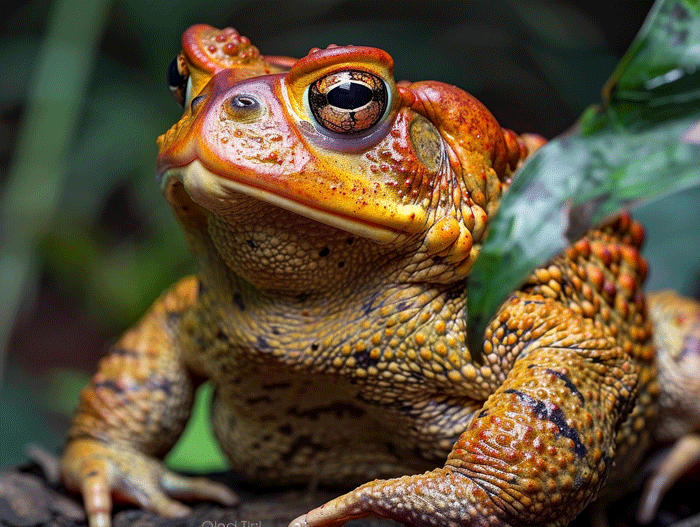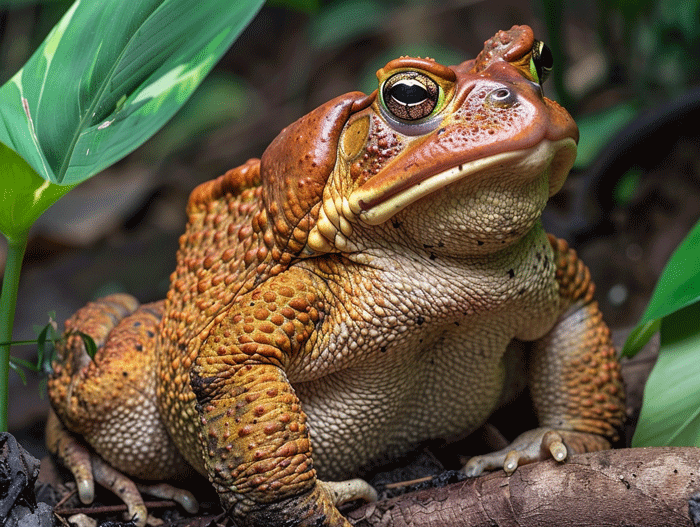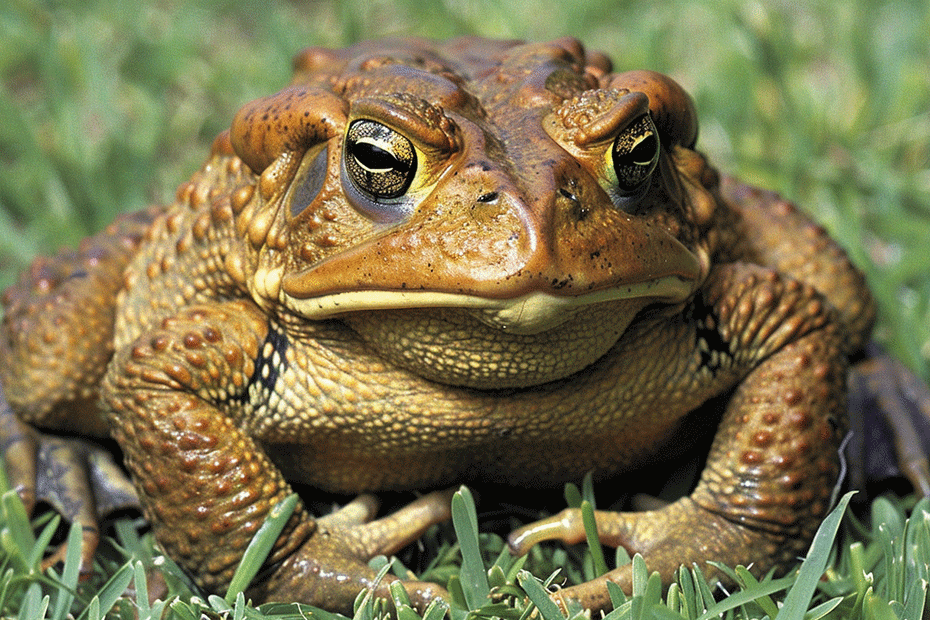Ever wondered how big a toad can actually get? These fascinating creatures come in a variety of sizes, from the tiny to the surprisingly large. Whether you’re a nature enthusiast or just curious about the world around you, understanding the potential size of these amphibians can be both intriguing and educational.
From the petite specimens that fit in the palm of your hand to the hefty giants that might surprise you, toads showcase an impressive range of sizes. Exploring the factors that influence their growth can shed light on why some toads are small while others reach impressive dimensions. Join us as we investigate into the world of toads and uncover the secrets behind their varying sizes.
Get ready to be amazed by the incredible diversity in the world of toads. Discover how environmental factors, species differences, and unique adaptations all play a role in determining just how big these amphibians can grow. Begin on a journey of exploration as we unravel the mysteries of toad size together.

Key Takeaways
- Genetic makeup plays a crucial role in determining a toad’s size, with certain genes influencing growth patterns.
- Environmental factors like food availability, temperature, humidity, and habitat competition significantly impact a toad’s size variations.
- Largest toad species like the Cane Toad and Marine Toad can reach impressive sizes of up to 9.4 inches in length and over 2 pounds in weight.
- Toads, characterized by shorter legs, drier and warty skin textures, differ from frogs that have smooth, moist skin and longer hind legs for leaping.
- Understanding the factors influencing toad size sheds light on the intriguing diversity in amphibians, showcasing the wide range of sizes they can attain.
Factors that Determine the Size of a Toad

Genetics
- Genetic makeup plays a vital role in determining a toad’s size.
- Certain genes can influence growth patterns and overall size.
- Inbreeding can lead to smaller sizes due to genetic limitations.
- The environment also significantly impacts a toad’s size.
- Availability of food resources affects growth potential.
- Temperature and humidity levels can influence growth rates.
- Competition for resources in the habitat can impact size variations.
Largest Toad Species Worldwide
To understand how big toads can get, let’s explore some of the largest toad species found around the world.

Cane Toad
- Scientific Name: Rhinella marina
- Native Habitat: South and Central America, as well as parts of Australia
- Key Details:
- Known for their substantial size, with adults reaching lengths of up to 9 inches
- Considered an invasive species in various regions due to their robust size and reproductive capabilities
Marine Toad
- Scientific Name: Rhinella marina
- Native Habitat: Native to Central and South America
- Key Details:
- Commonly referred to as the Giant Toad or Cane Toad
- Adults can grow up to 9.4 inches in length and weigh over 2 pounds
- Scientific Name: Pyxicephalus adspersus
- Native Habitat: Sub-Saharan Africa
- Key Details:
- Among the largest species of frog and toad globally
- Males can grow up to 9 inches in length, with females typically larger
Unveiling the impressive sizes of these toad species offers an insight into the intriguing area of amphibians.
Common Misconceptions about Toad Size

Toads vs. Frogs
- Toads typically have shorter legs, drier skin, and warty skin textures.
- Frogs, on the other hand, usually have smooth and moist skin with longer hind legs for leaping.
- Toad sizes vary greatly, with some species reaching impressive lengths.
- Comparatively, toads can be larger or smaller than certain frog species.
These details help differentiate toads from frogs and highlight the diverse sizes found among amphibians worldwide.
Conclusion
Toads come in a range of sizes, with some species growing to impressive lengths. Understanding the distinctions between toads and frogs based on characteristics like skin texture and leg length is key. Remember, toads can vary greatly in size, showcasing the diversity among amphibians worldwide. Keep exploring the intriguing area of toads and appreciate the unique traits that set them apart from other amphibians.

Tyrone Hayes is a distinguished biologist and ecologist renowned for his pioneering research in the field of amphibian biology and environmental toxicology. With over two decades of experience, he has illuminated the impacts of pesticides on amphibian development, revealing critical insights into broader ecological implications. Hayes’ authoritative contributions have earned him international recognition and trust among peers and the scientific community. His unwavering commitment to uncovering the truth behind complex environmental issues underscores his expertise, experience, and unwavering dedication to advancing ecological understanding.
